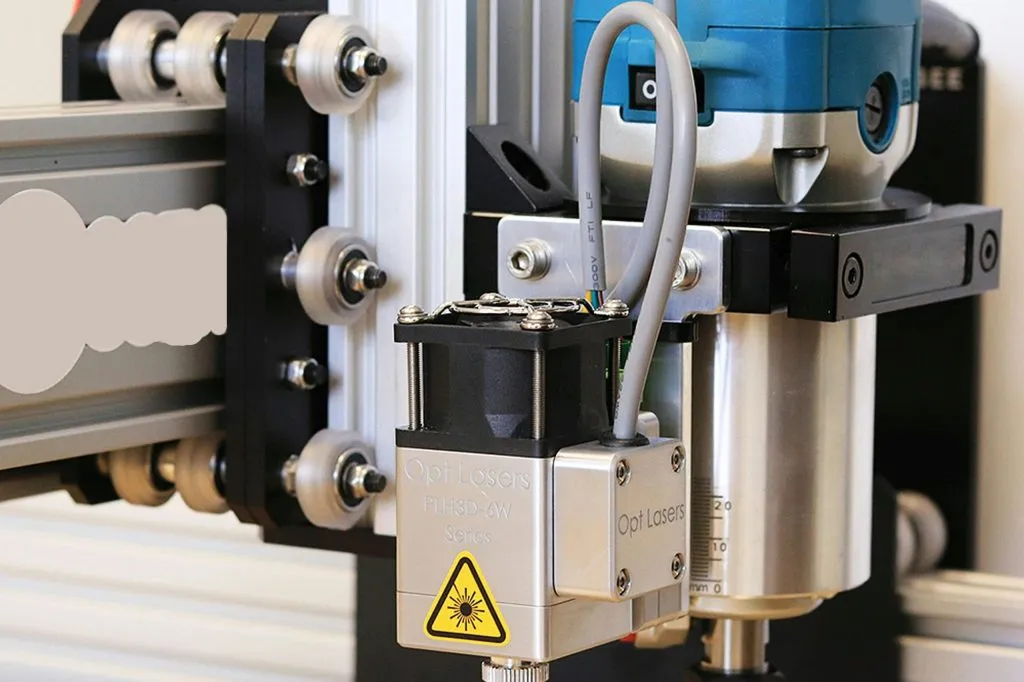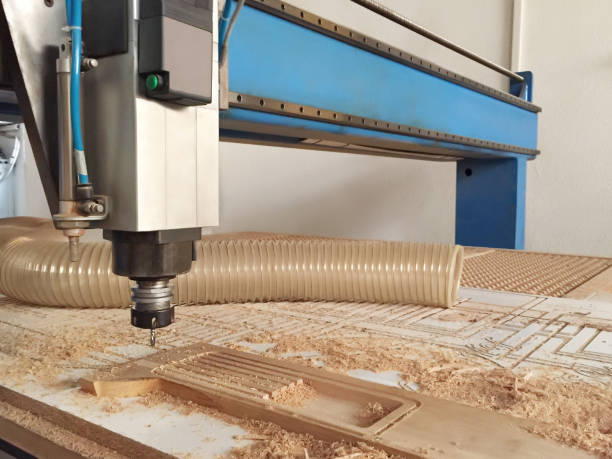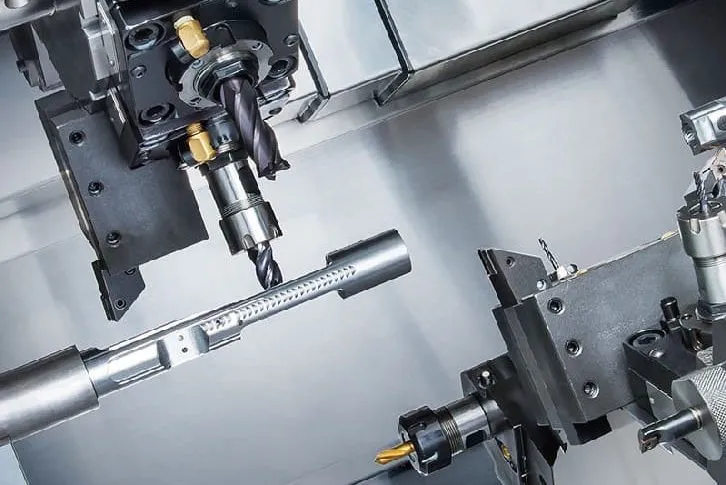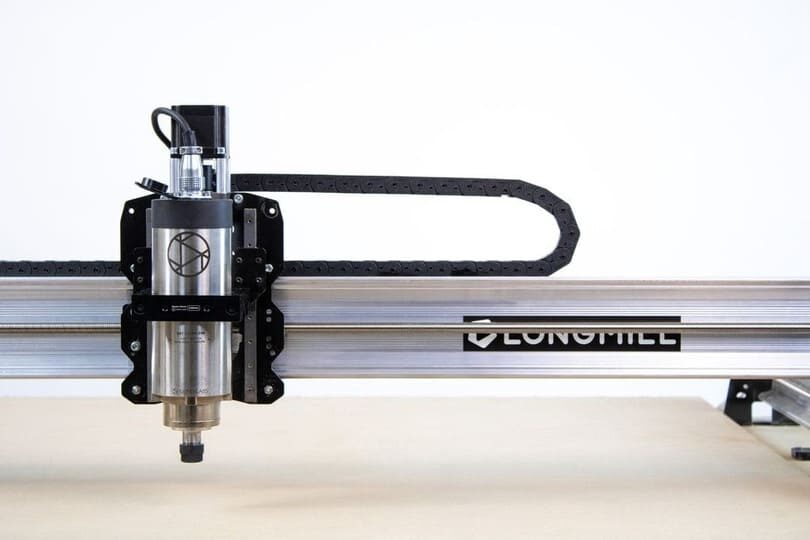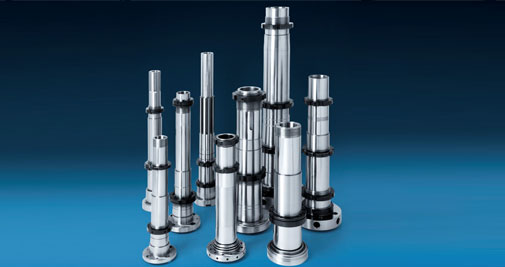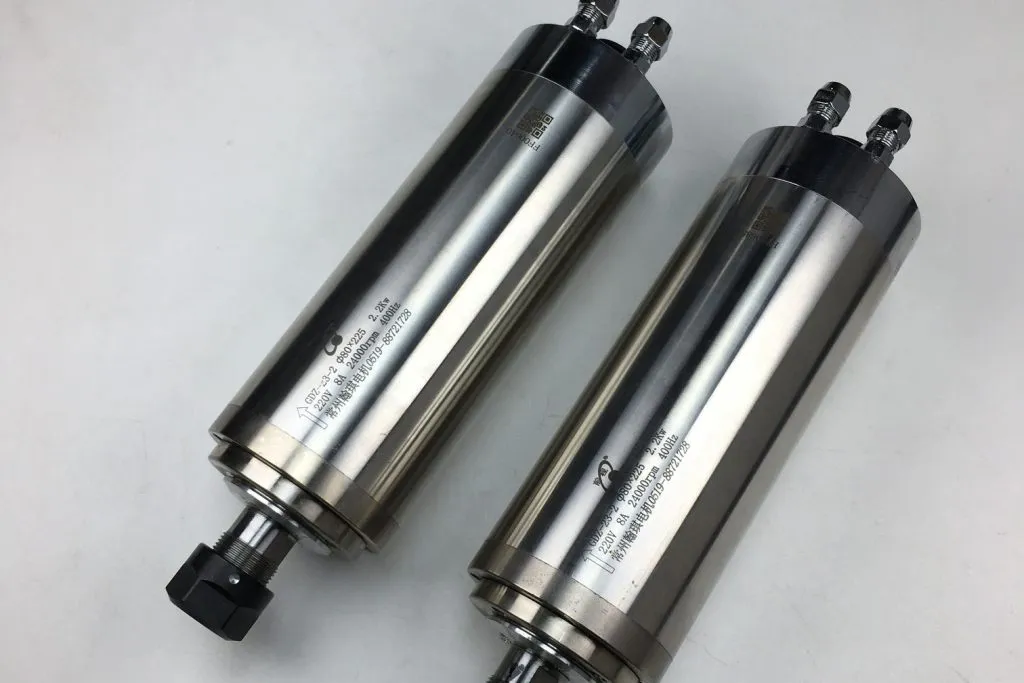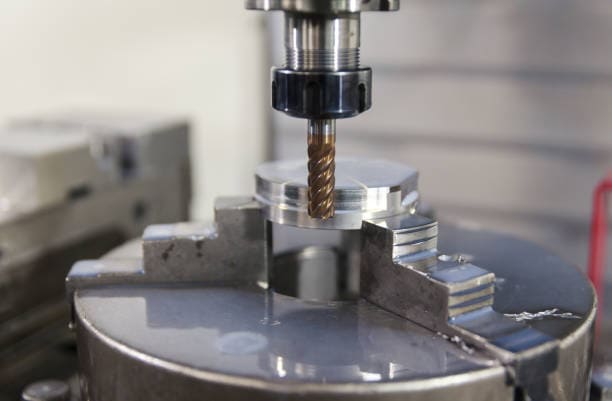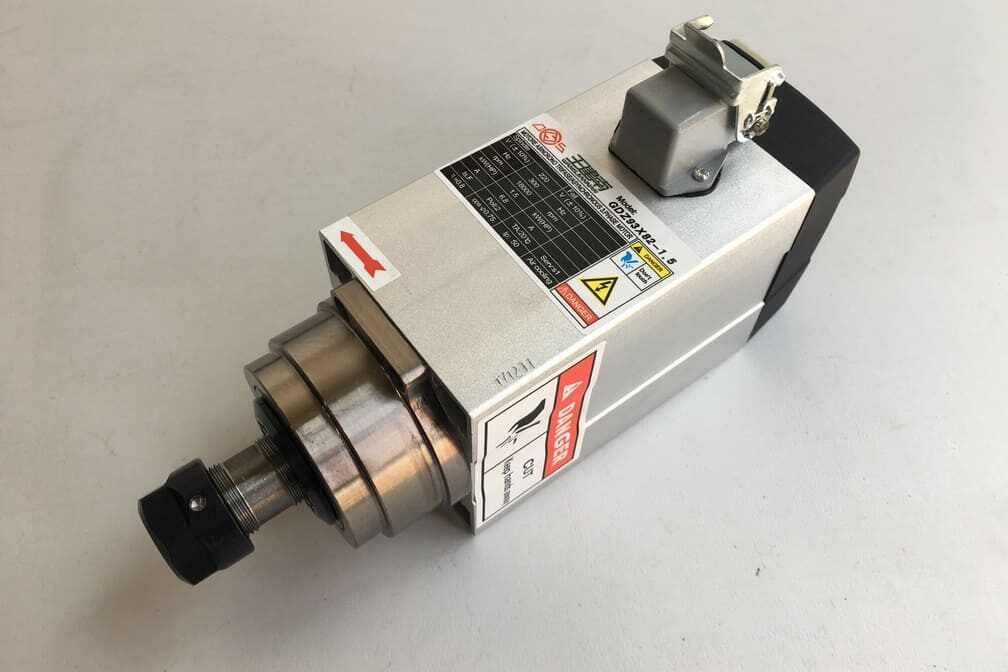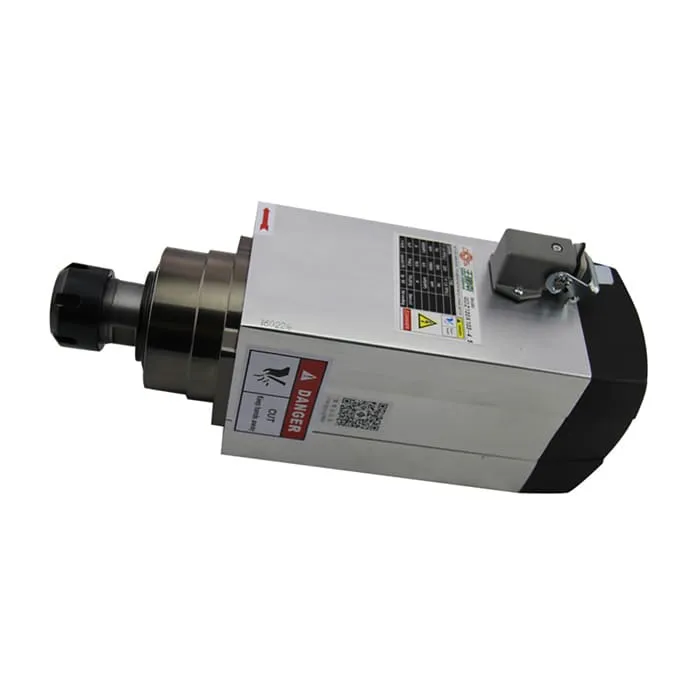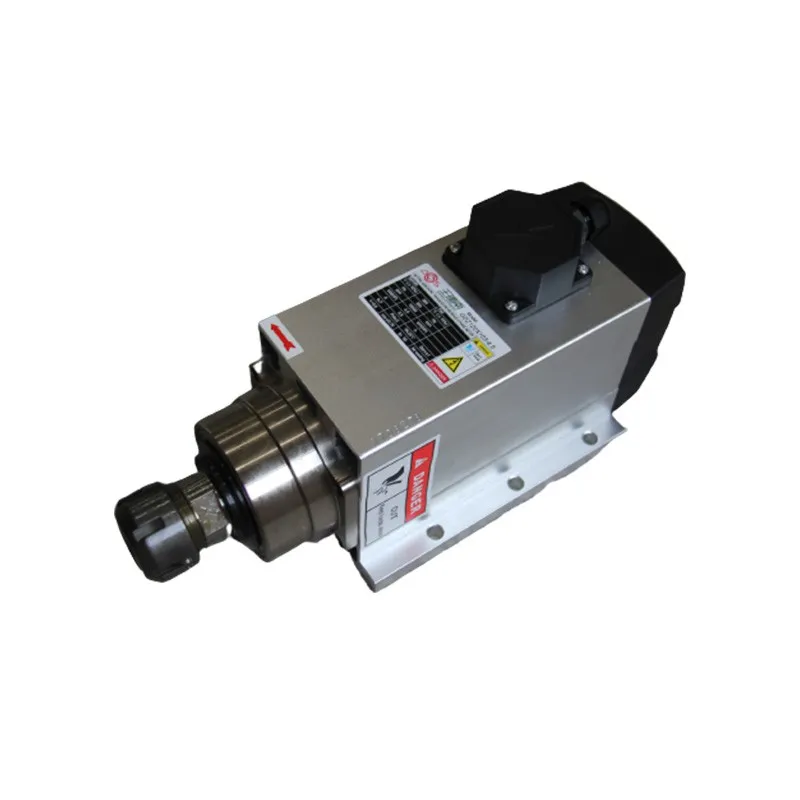Product Categories
( based on power)
Product Categories
( based on collet)
ER11 water-cooled spindle
ER16 water-cooled spindle
ER20 water-cooled spindle
ER25 water-cooled spindle
ER32 water-cooled spindle
LEARN MORE
Application: Air-cooled spindle motors are mainly used with inverters and are widely used in engraving machines and CNC machine tools. These motors dissipate heat through air cooling, ensuring good performance and stability during long-term operation. They are particularly suitable for high-speed machining operations on soft materials such as wood, soft metals (such as aluminum), plastics, foams, etc., including but not limited to high-speed profiling, drilling, cutting, engraving, and slot milling. Due to their high efficiency and high precision, air-cooled spindle motors have become indispensable to the modern precision machining industry.
PRODUCTS
Affordable air-cooled spindles for beginners & professional
Main parameter:
| Speed | 18000 rpm |
|---|---|
| Voltage | 220 V, 380 V |
| Current | 9.5 A, 16.5 A |
| Frequency | 300 Hz |
| Collet | ER32, ER25 |
Because the size of air-cooled spindles varies from manufacturer to manufacturer, we will not list all of them here. If you have any questions about the size of the air-cooled spindle you need to upgrade or purchase, please contact us. We have professional technicians to answer your questions.
Notice: The air-cooled spindle should not be operated for a long time. It is recommended to shut down the air-cooled spindle after running for a maximum of four hours at a time and let the spindle rest for two hours.
If you need a spindle with parameters not shown in the sheet, please contact us and we will provide you with professional services.
Spindle Motor Troubleshooting Guide
- Spindle Overheating: The spindle temperature rises abnormally during operation.
Solution: Ensure that the cooling system (such as the fan) operates smoothly, clean the heat sink regularly, and adjust the cutting parameters to reduce heat generation.
- Insufficient Cooling Efficiency: The cooling system fails to provide sufficient cooling effect.
Solution: Check whether the cooling airflow covers the spindle evenly, check whether the hoses and connectors are blocked or leaking, and improve the ventilation conditions of the working environment.
- Spindle Vibration and Abnormal Sound: The spindle vibrates or makes abnormal sounds when running.
Solution: Balance the spindle and tool combination, check the bearings for wear or damage, and tighten loose parts such as chucks and tool holders.
- Unstable Speed and Power: The spindle speed or power output fluctuates.
Solution: Verify that the power supply is stable, check whether the connection is intact, and confirm the correctness of the spindle speed and power settings in the CNC system.
- Excessive spindle runout: The spindle radial or axial runout exceeds the allowable range.
Solution: Check the stability of the chuck and tool fixture, use the indicator to detect the runout, and check the spindle taper damage, and adjust or replace it if necessary.
- Frequent tool changes: The frequency of tool changes is abnormally high.
Solution: Review the tool change logic in the CNC program to ensure that the tool change mechanism operates smoothly, and add lubrication or repair in time.
- Dust and debris accumulation: Dust and debris accumulate in the spindle area.
Solution: Clean the spindle and its cooling system regularly, and consider using an air curtain system to prevent dust accumulation on key components.

